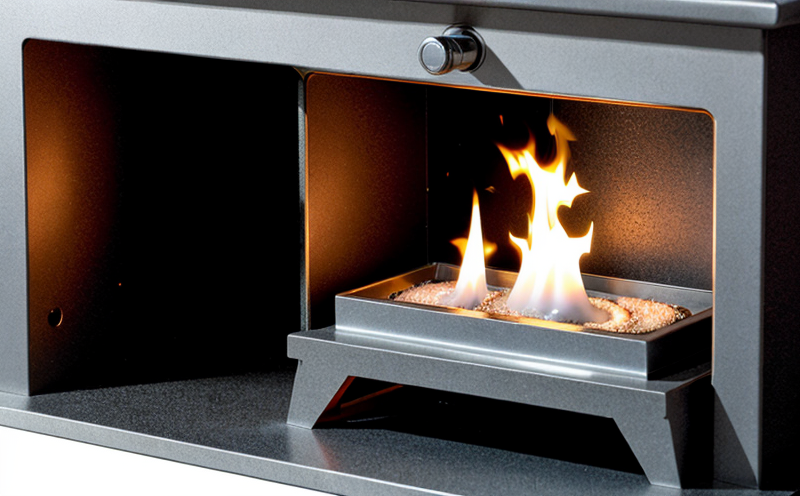Flame Spread Testing of Polyethylene and PVC
In fire safety testing, flame spread testing is a critical procedure that evaluates the potential of materials to ignite and how they behave when exposed to a source of ignition. This service focuses specifically on determining the flame spread characteristics of two widely used polymers: polyethylene (PE) and polyvinyl chloride (PVC). These materials are prevalent in various industries, including construction, automotive, and electronics.
The test aims to measure how quickly flames spread across a material’s surface. The results provide insight into the fire resistance of these polymers, which is essential for ensuring safety standards are met. Polyethylene and PVC are often used in applications where flame retardancy is crucial, such as insulation materials, furniture upholstery, and electrical components.
The testing process involves exposing a standard specimen to controlled flames under specific conditions. The apparatus used includes a specialized furnace with adjustable temperature settings and an ignition source that can be precisely controlled. The test follows international standards like ISO 6722 for polyethylene and ISO 834 for PVC.
Once the flame is applied, the time it takes for the fire to spread from one end of the specimen to the other is recorded. This measurement helps in determining the relative flammability of different materials. The results are typically expressed as a Flame Spread Index (FSI), which quantifies how fast flames travel across the surface.
The importance of this test cannot be overstated, especially for industries where fire safety compliance is paramount. By understanding the flame spread characteristics of these polymers, manufacturers can make informed decisions about material selection and product design. This ensures that end products meet or exceed stringent fire safety standards such as those set by Underwriters Laboratories (UL) and National Fire Protection Association (NFPA).
Understanding the specifics of this testing is crucial for quality managers, compliance officers, R&D engineers, and procurement professionals who are responsible for ensuring that materials used in their products meet required specifications. The results of flame spread tests play a vital role in the development of fire-resistant materials and can significantly impact product safety and performance.
| Application | Description |
|---|---|
| Insulation Materials | Polyethylene and PVC are used in insulation materials to provide fire resistance, which is crucial for preventing the spread of flames in case of a fire. |
| Furniture Upholstery | The flame retardant properties of these polymers help protect furniture from catching fire easily, ensuring occupant safety. |
Industry Applications
Polyethylene (PE) and PVC are versatile materials with a wide range of applications in various industries. In the construction sector, these polymers are used to enhance fire safety by providing better flame resistance in insulation materials and building components.
| Application | Description |
|---|---|
| Automotive Components | PVC and PE are used in automotive parts such as wiring harnesses, seat covers, and door panels to ensure fire safety. |
| Electrical Components | The flame retardant properties of these polymers help prevent electrical fires, a significant concern in the electronics industry. |
Why Choose This Test
- Precise measurement of flame spread characteristics for compliance with international standards.
- Provides valuable data for material selection and product development in fire safety-critical applications.
- Ensures that products meet stringent fire safety requirements, enhancing overall product reliability and performance.
- Reduces the risk of fires in various environments where these polymers are used.
Use Cases and Application Examples
| Application Case | Description |
|---|---|
| Furniture Manufacturing | In furniture manufacturing, flame spread tests are conducted to ensure that upholstery materials do not contribute significantly to the spread of fire. |
| Construction Industry | The construction industry uses these polymers in insulation and structural components where fire resistance is crucial for occupant safety. |





